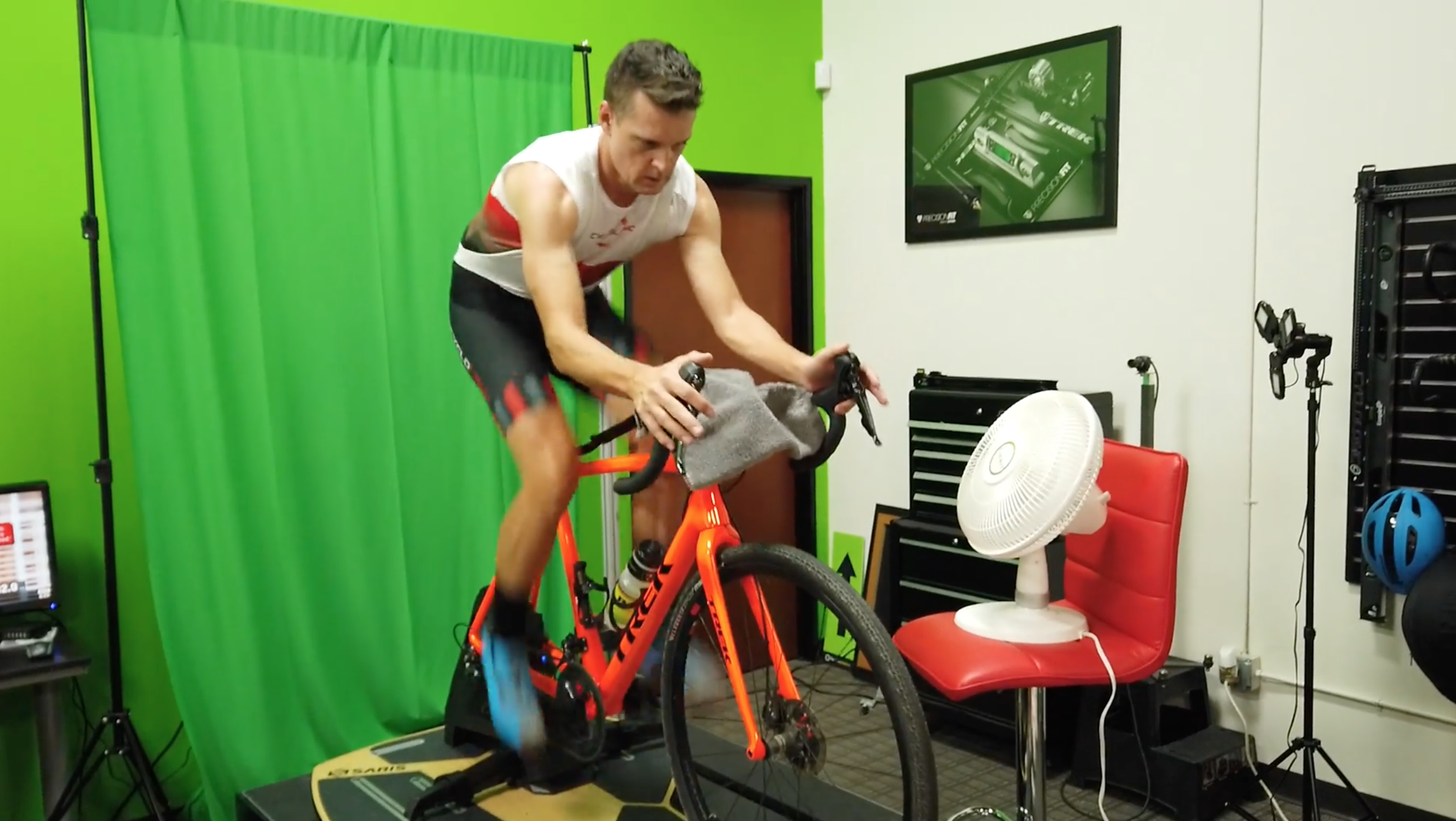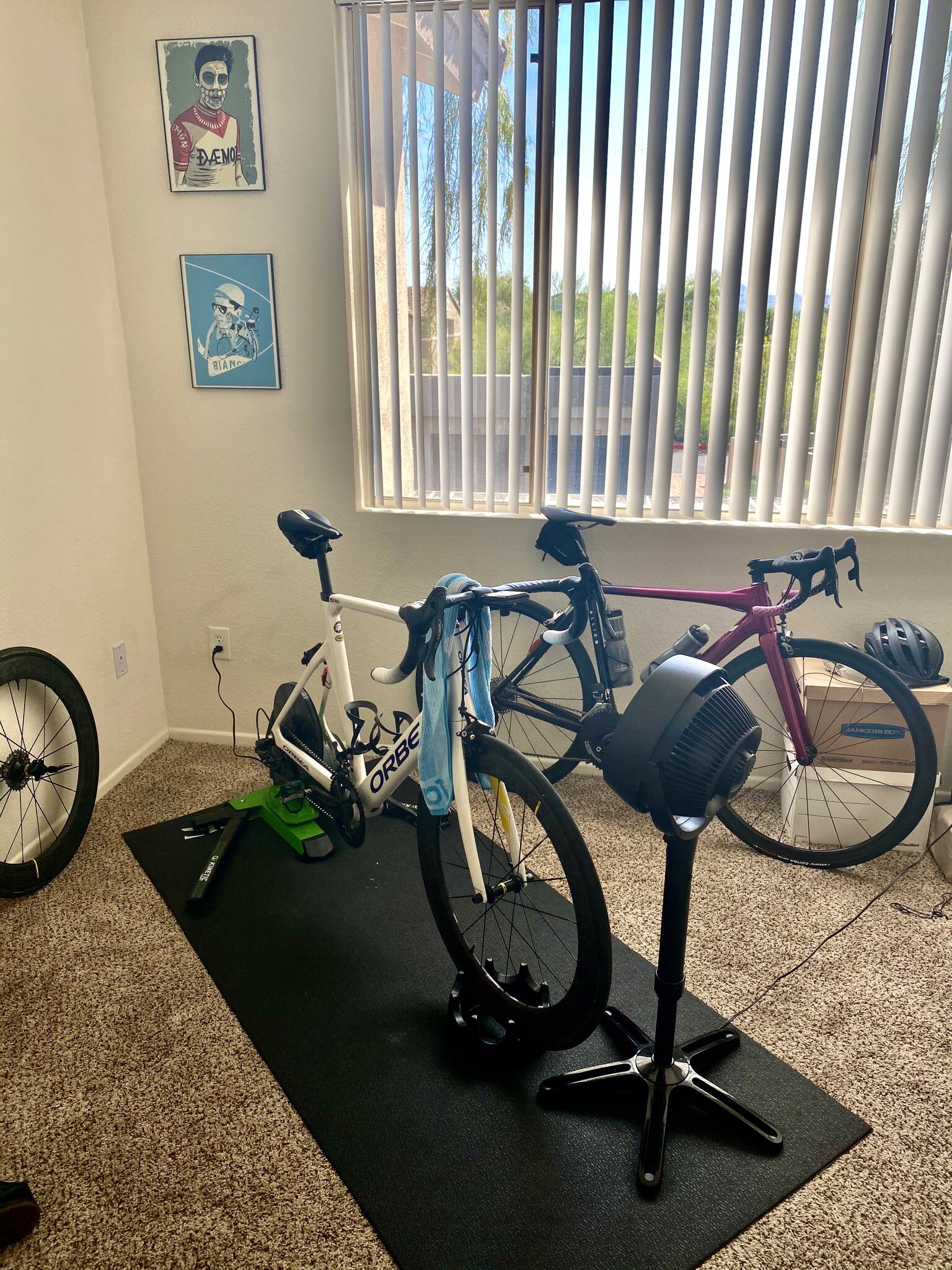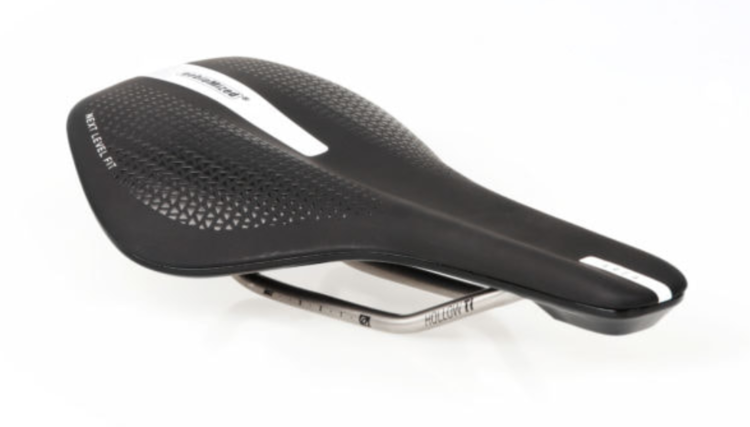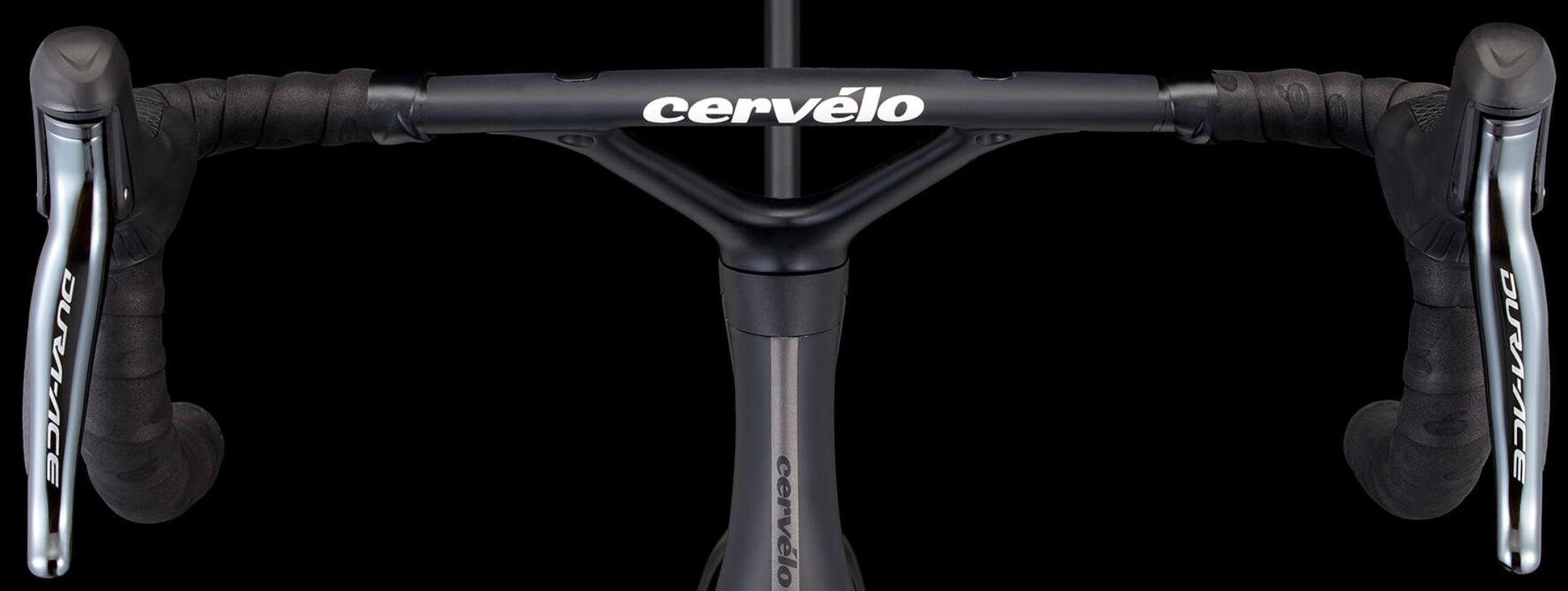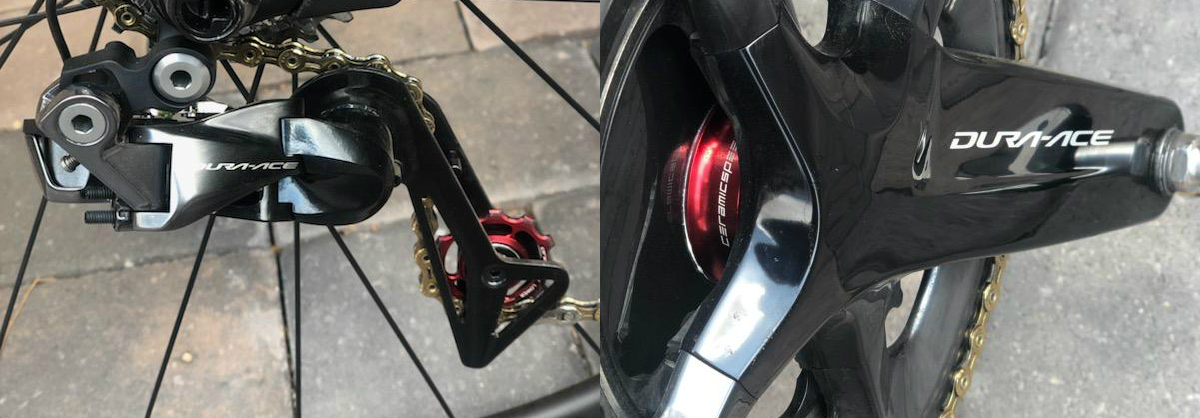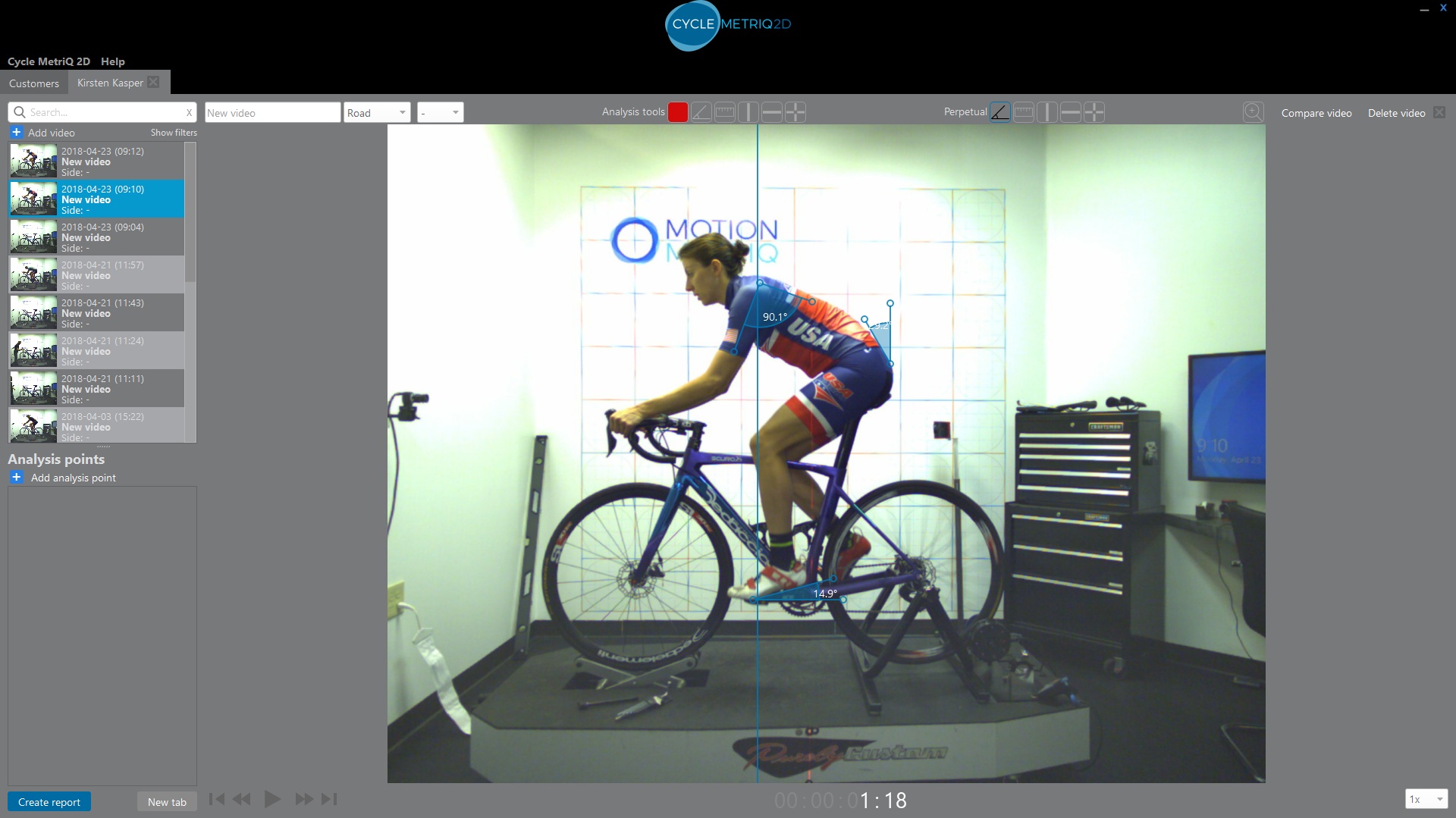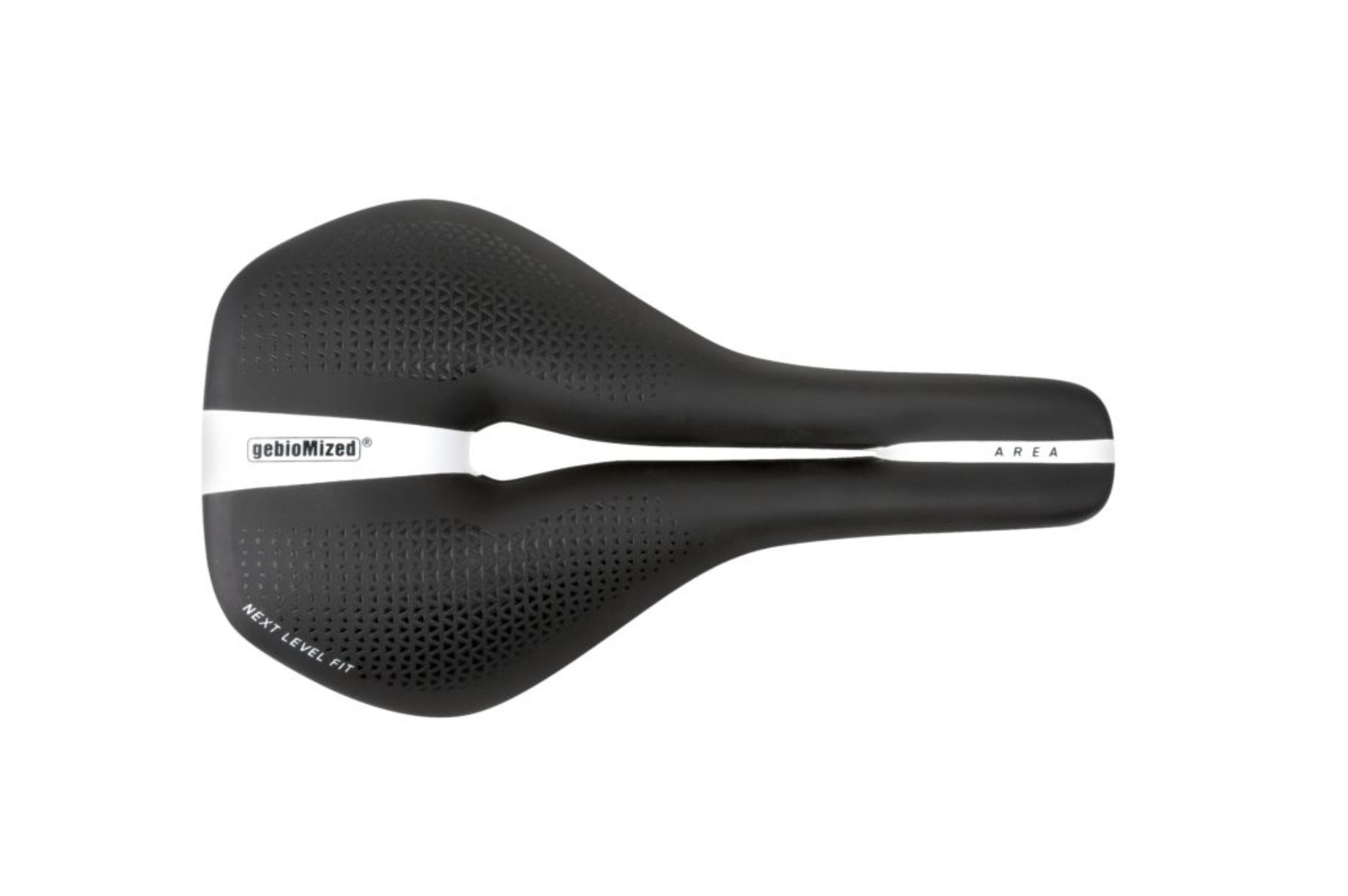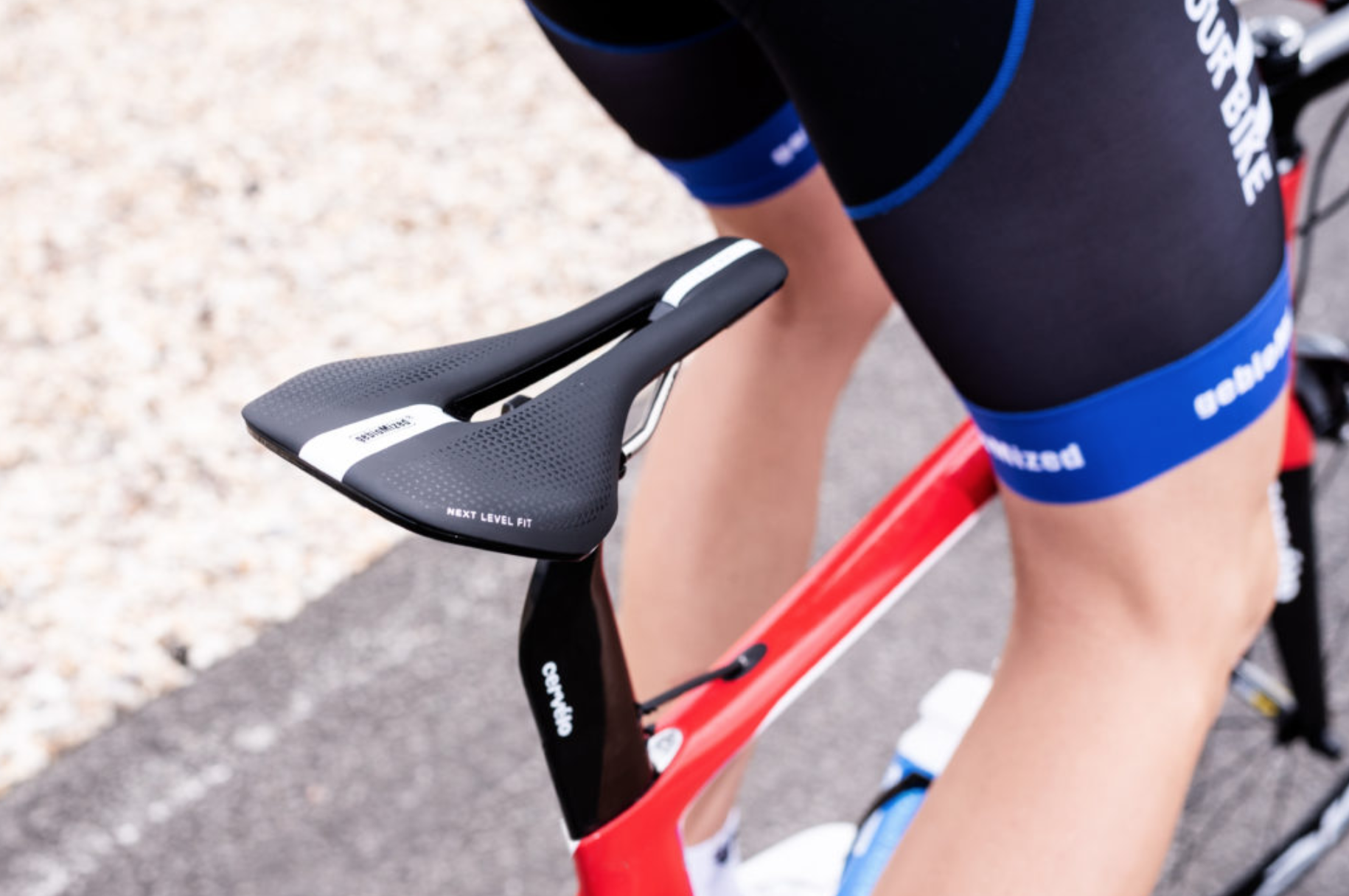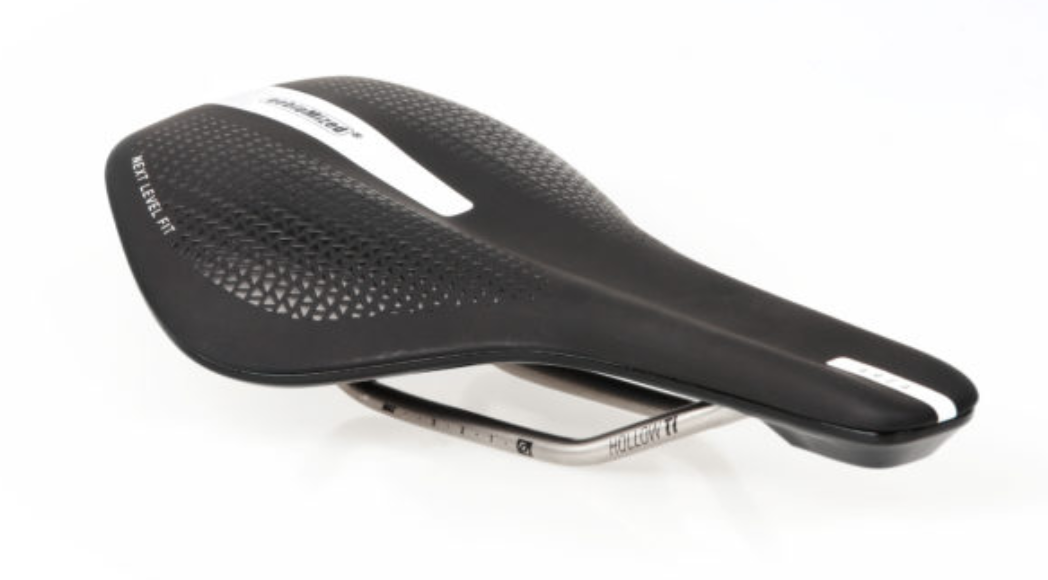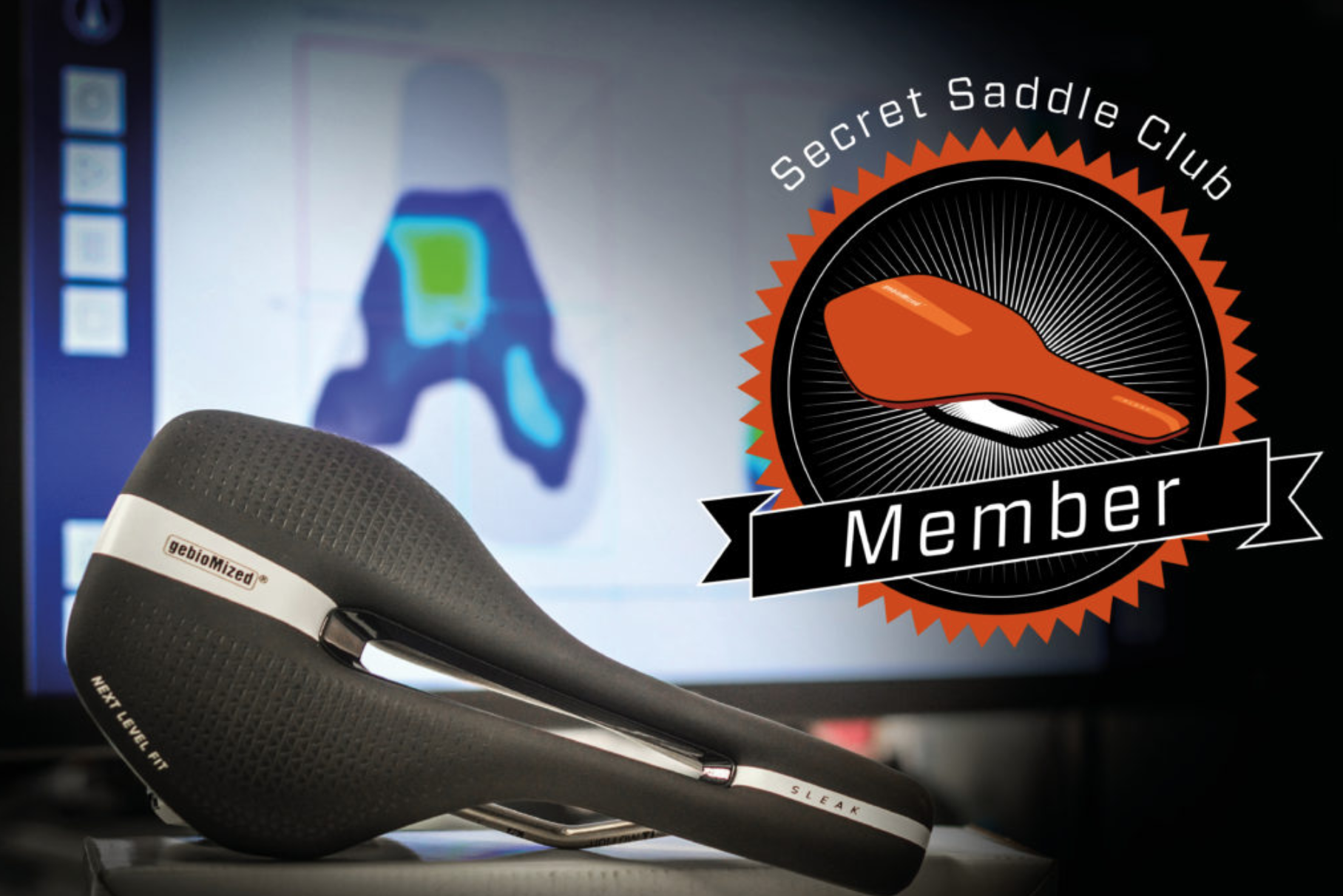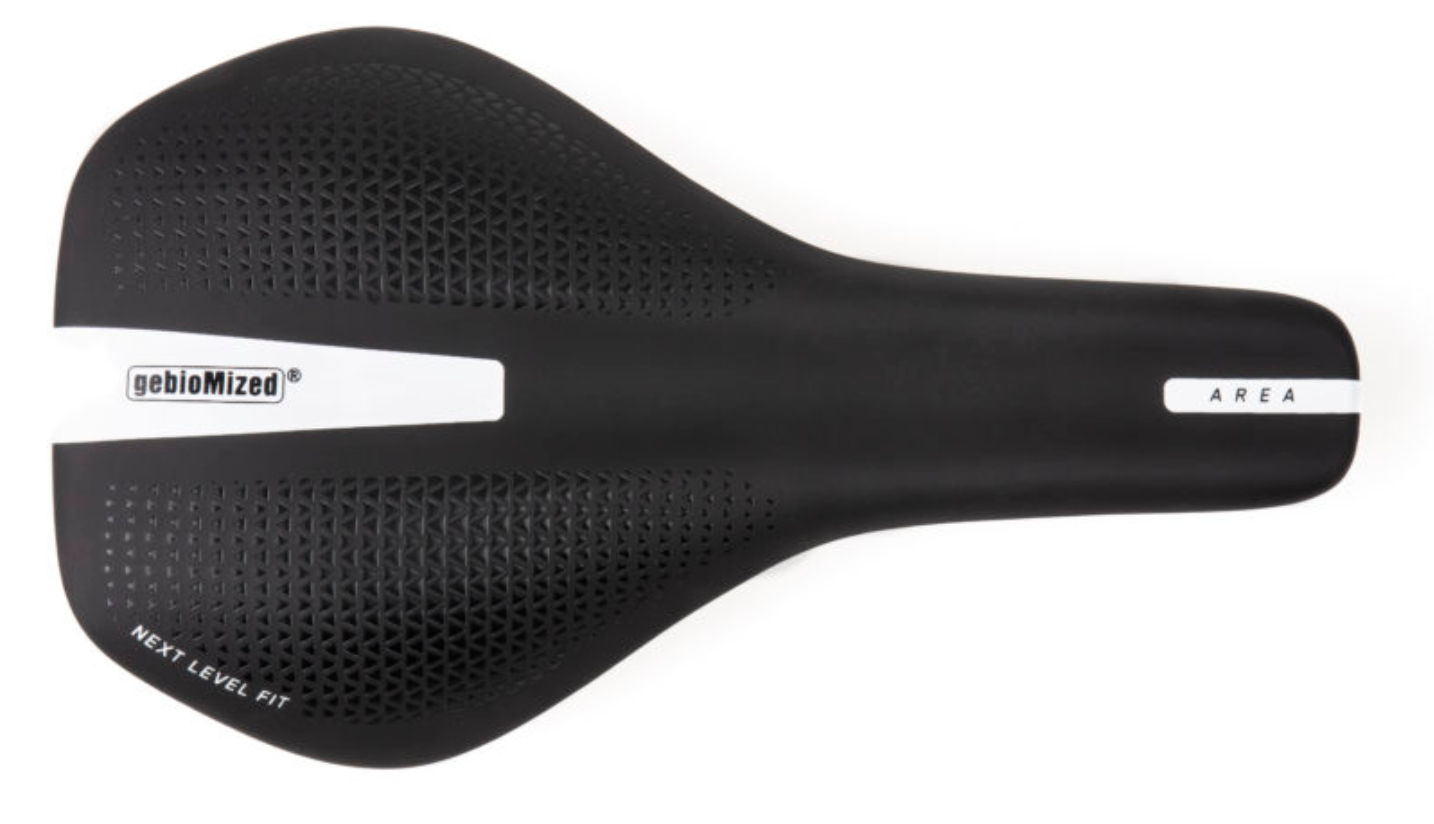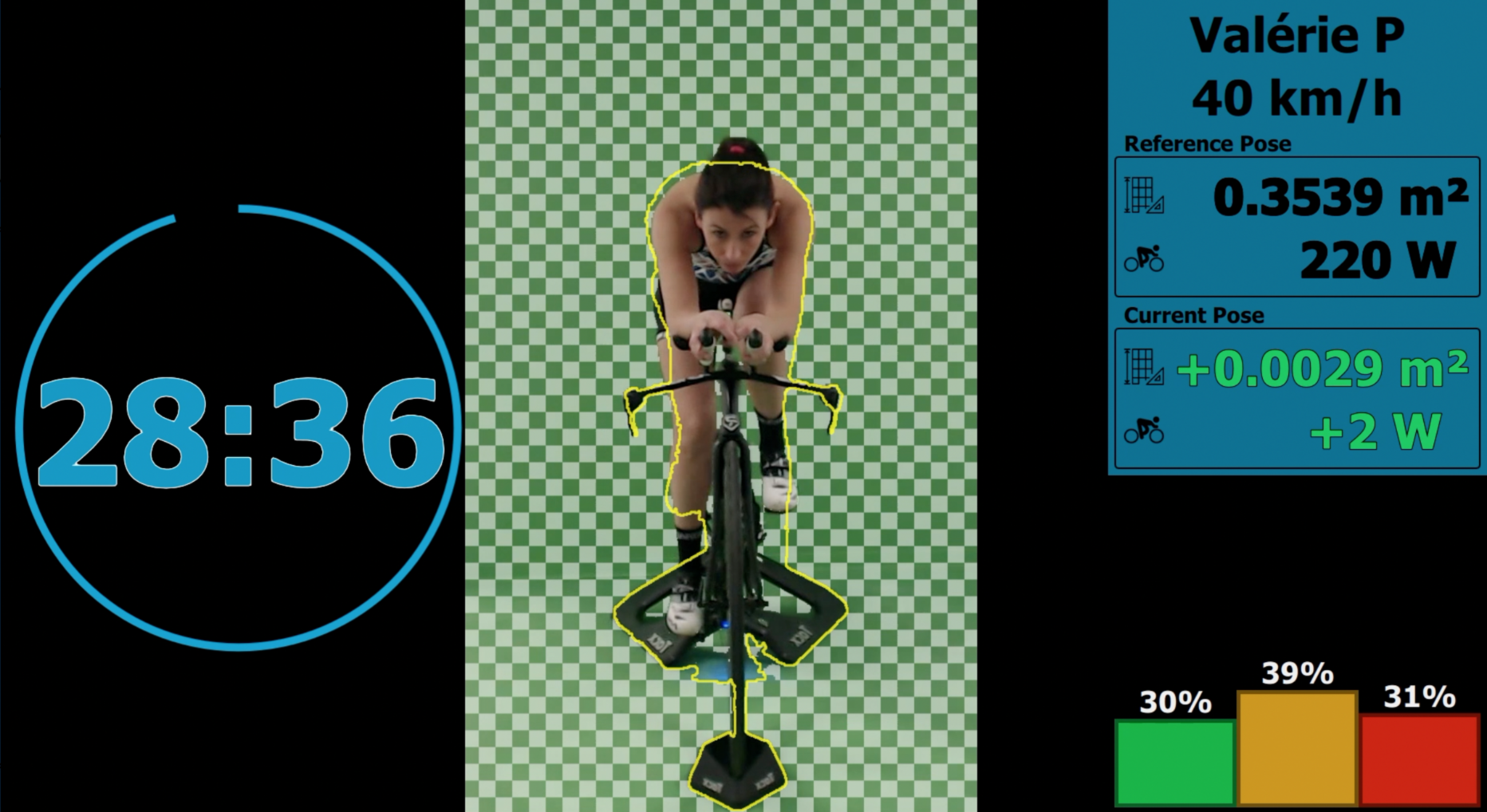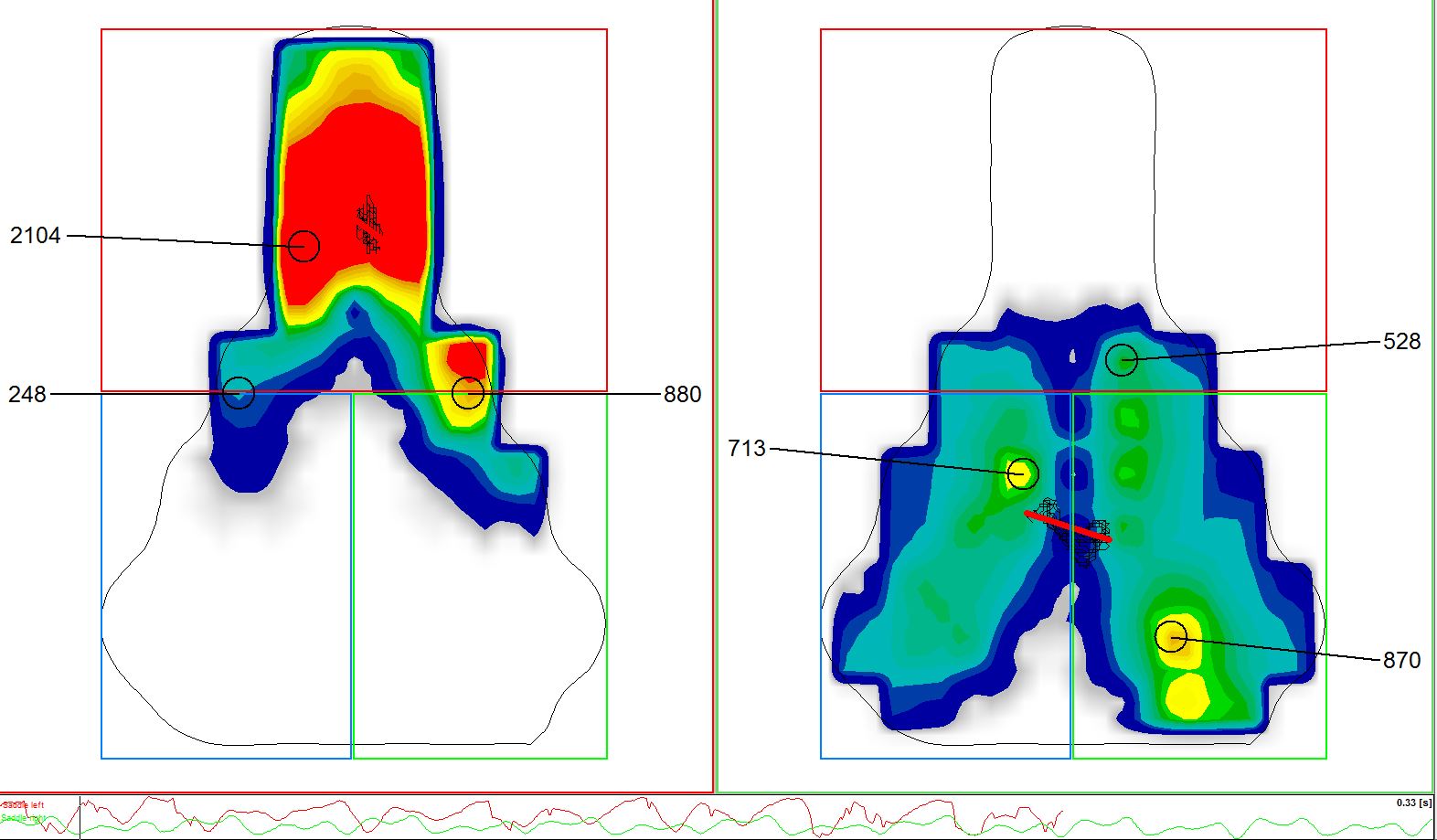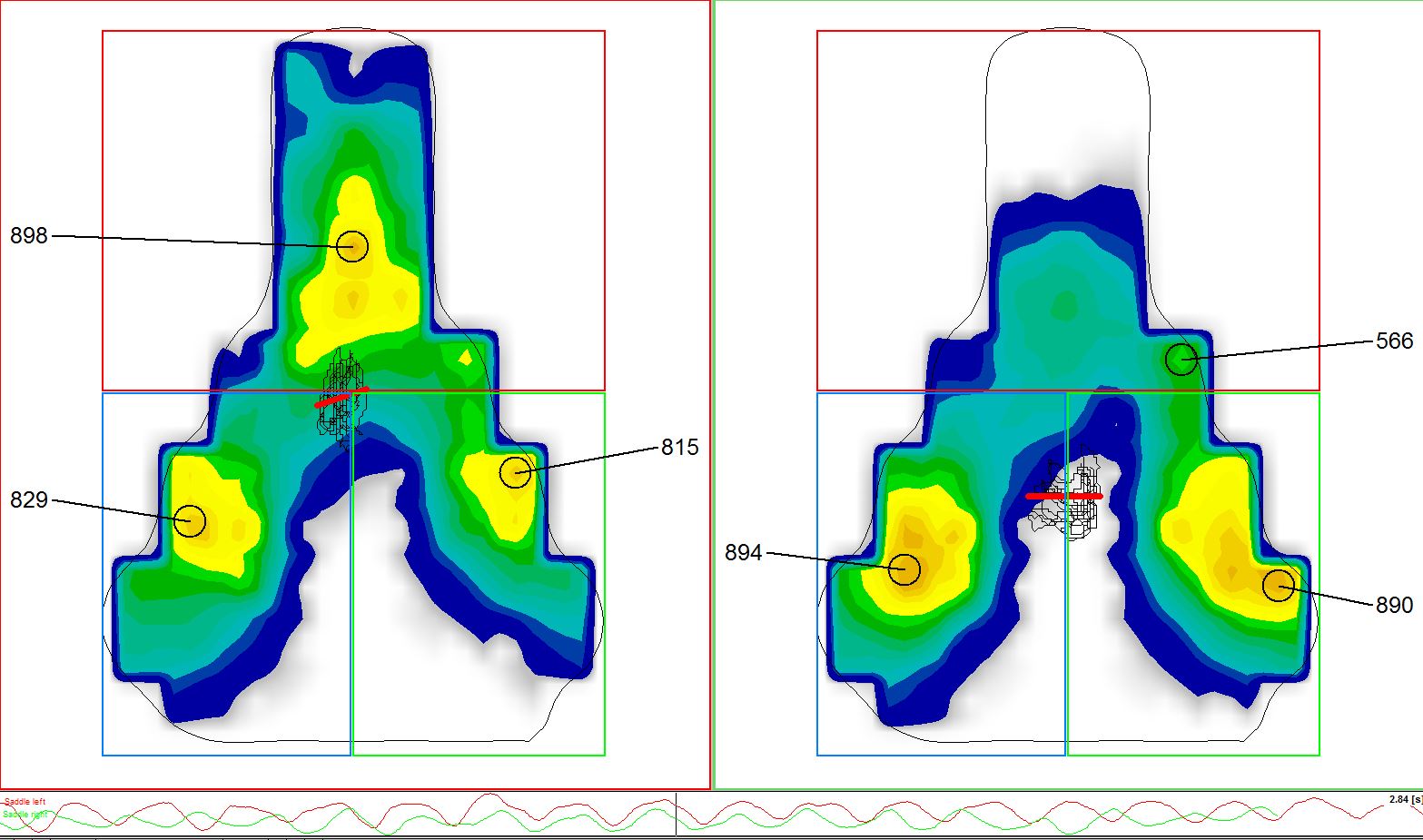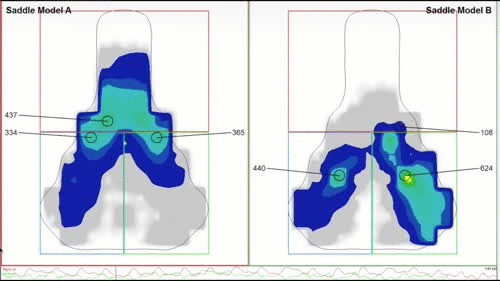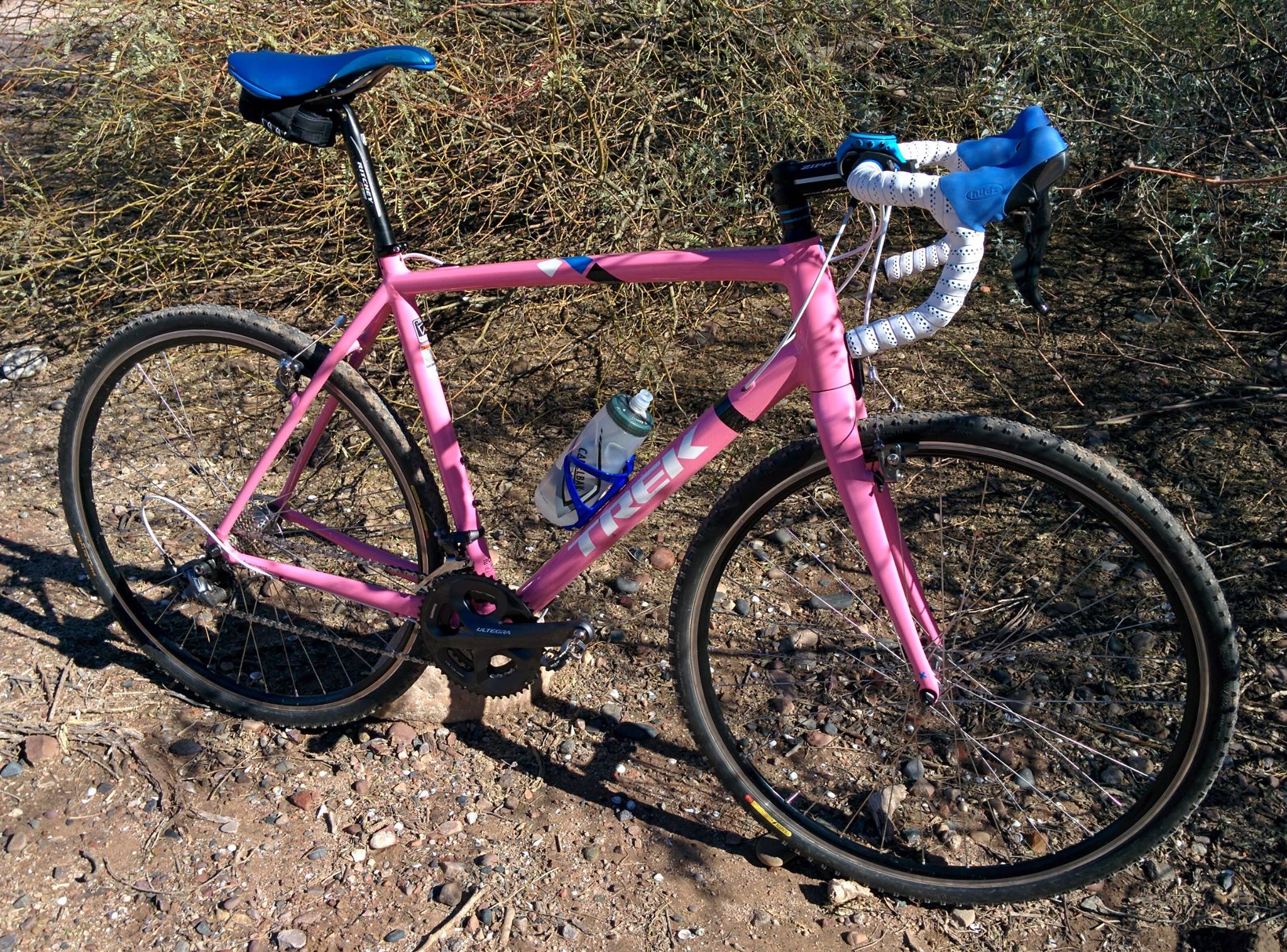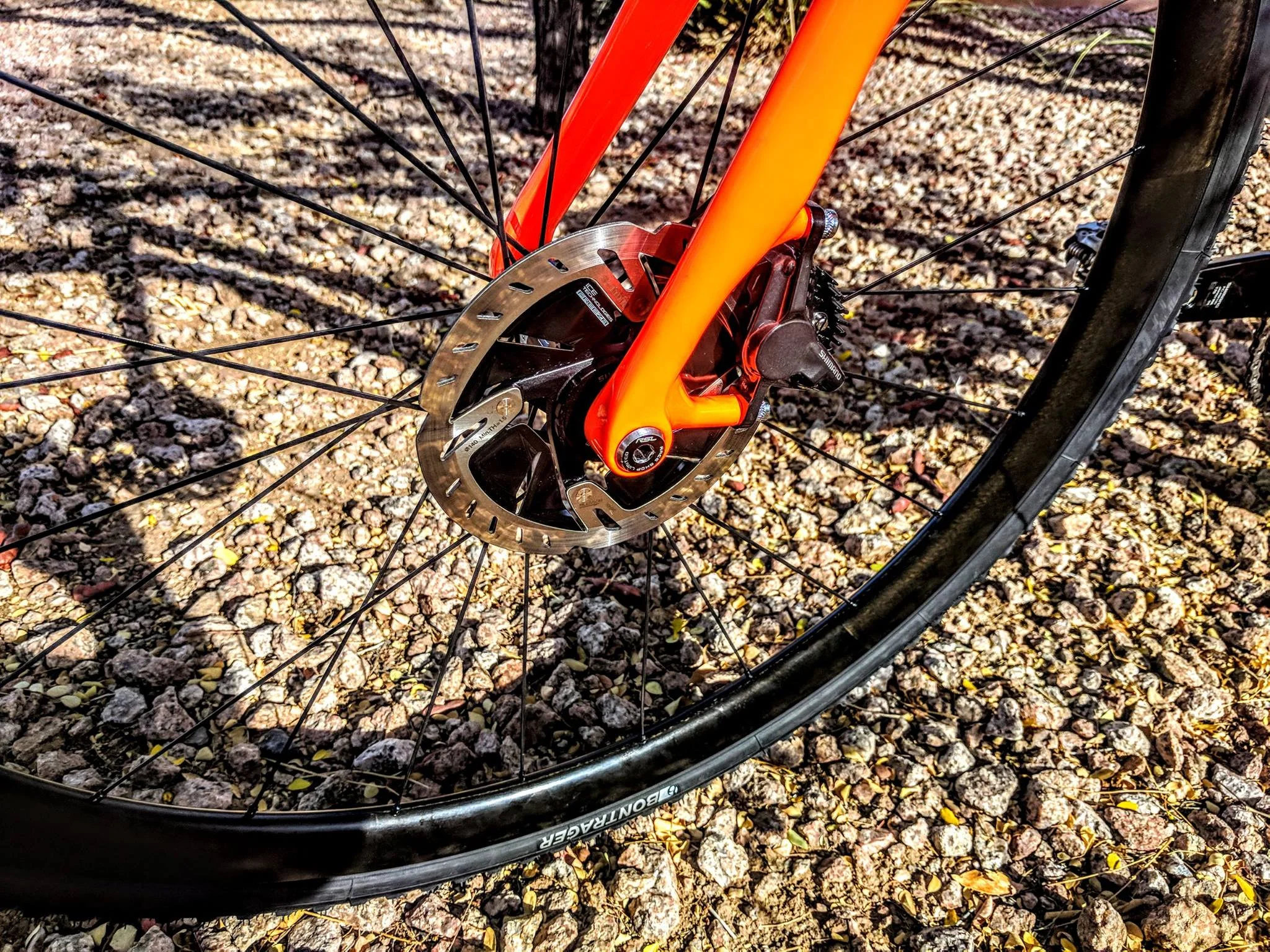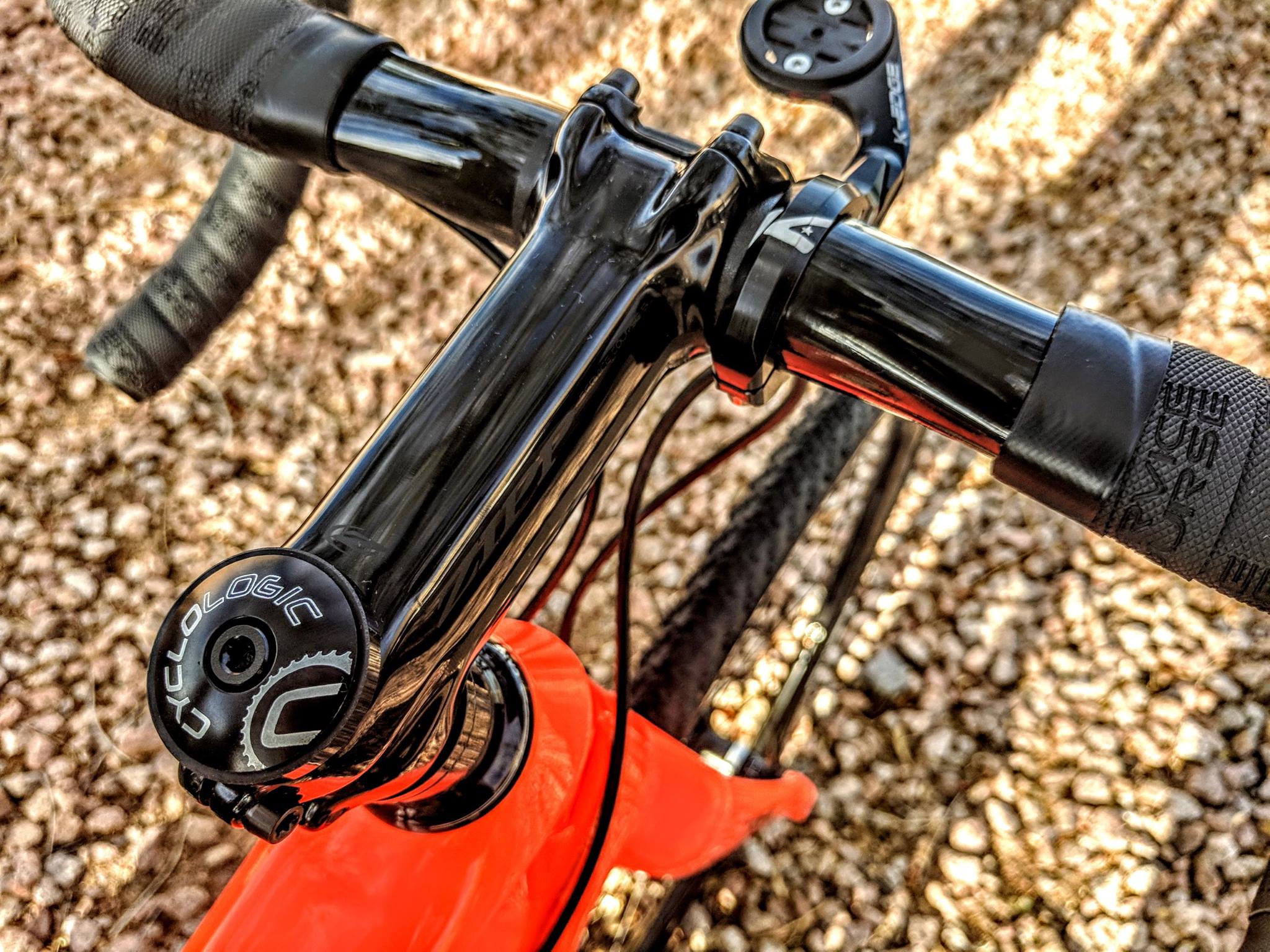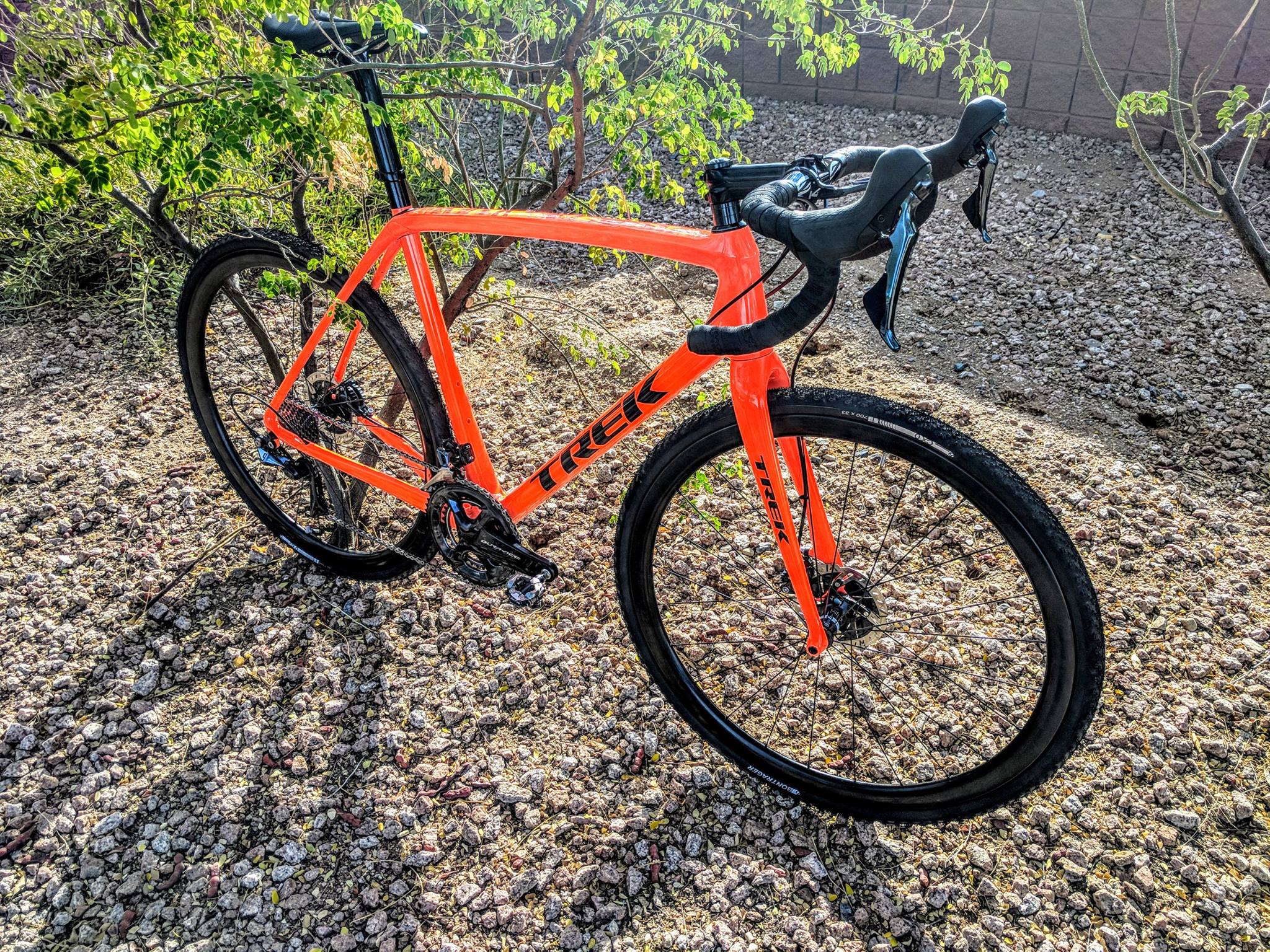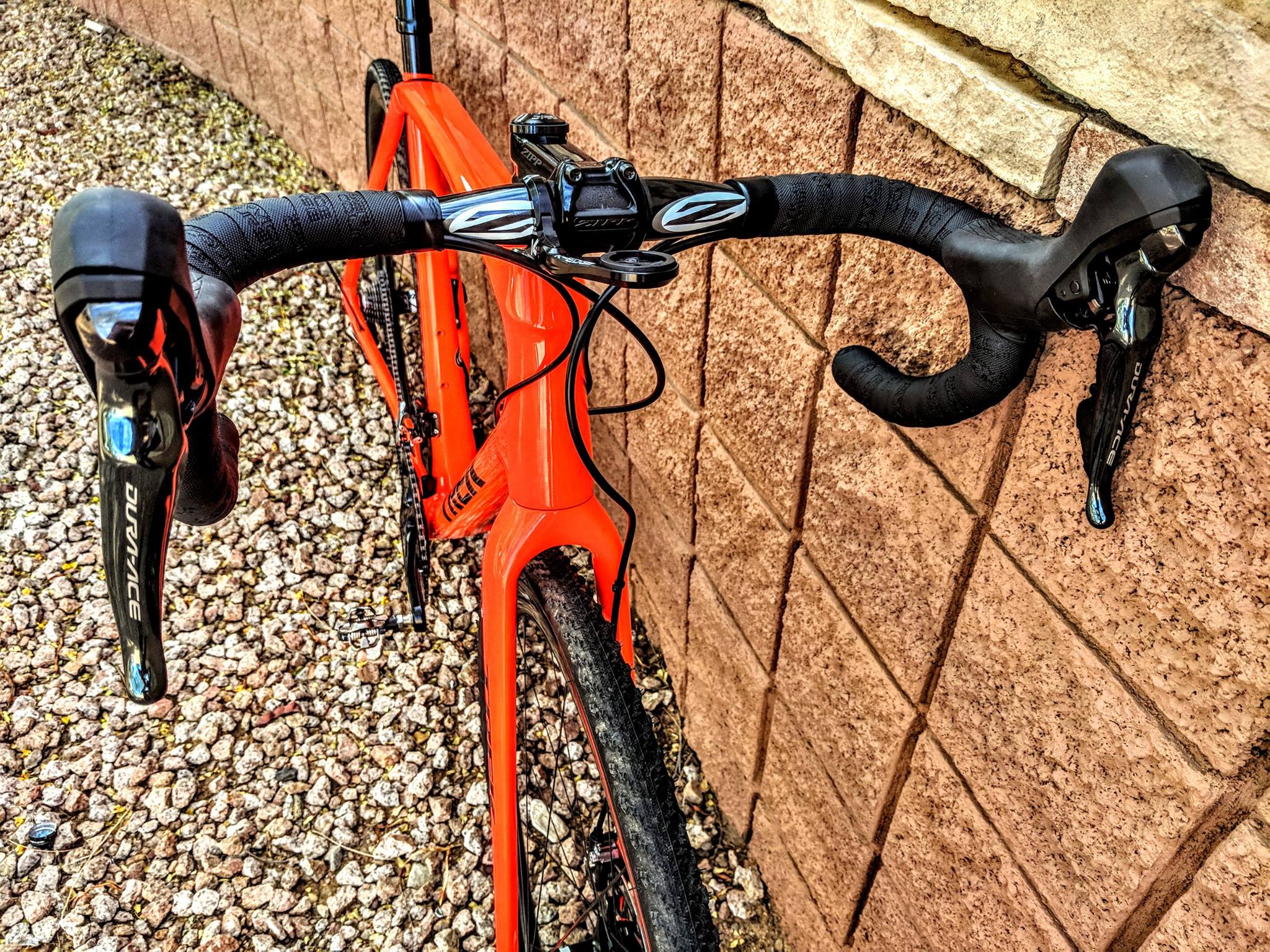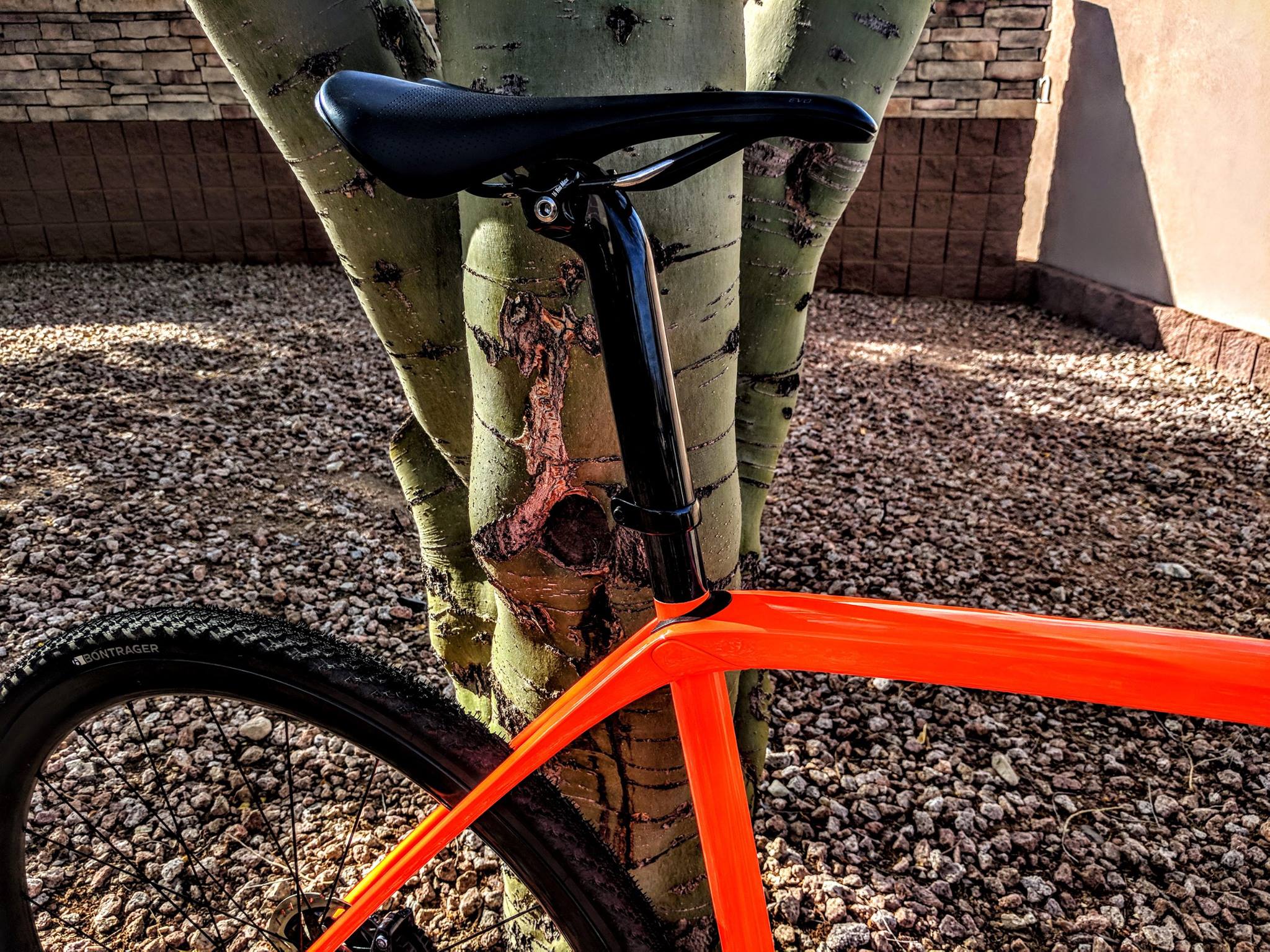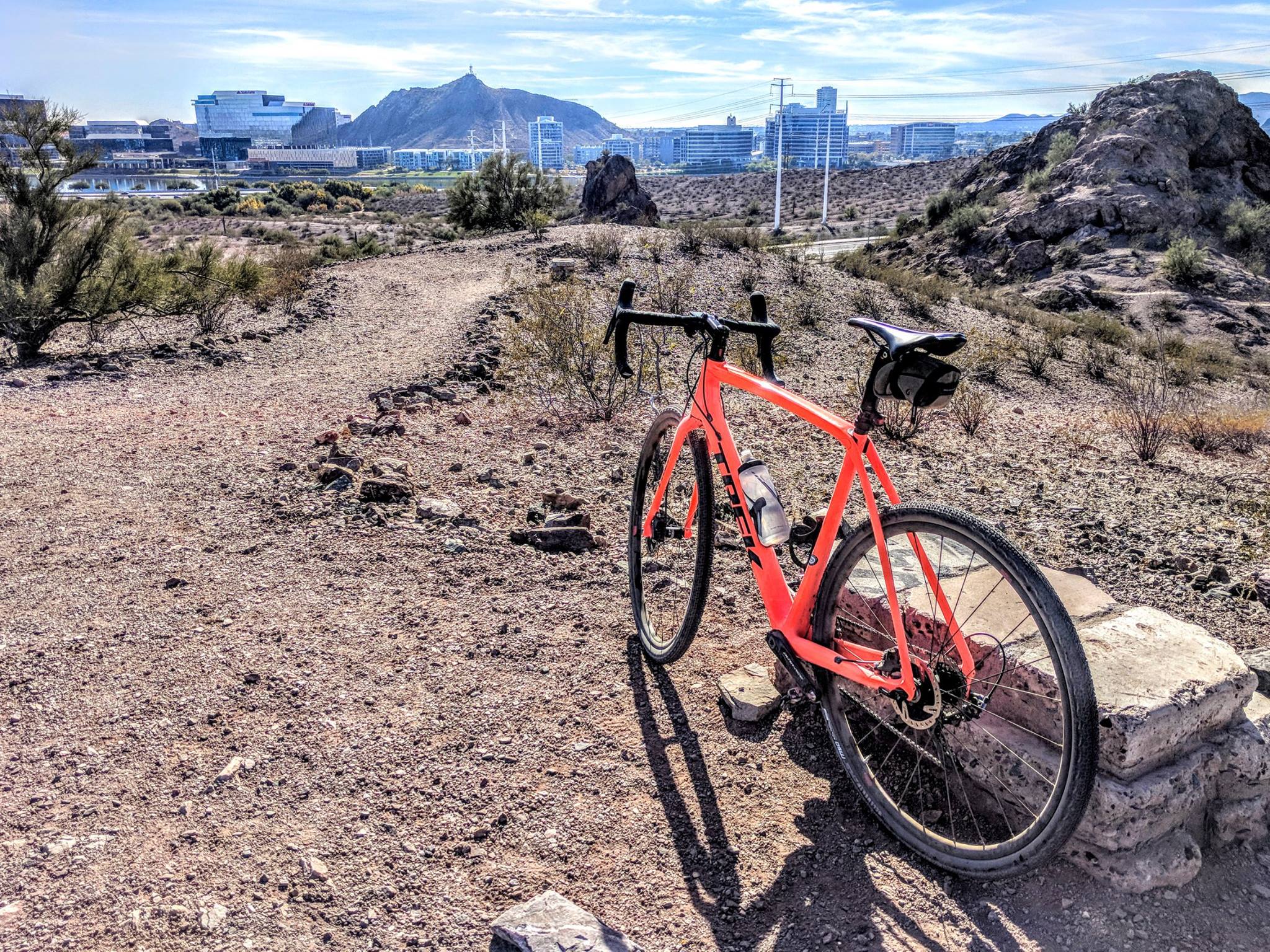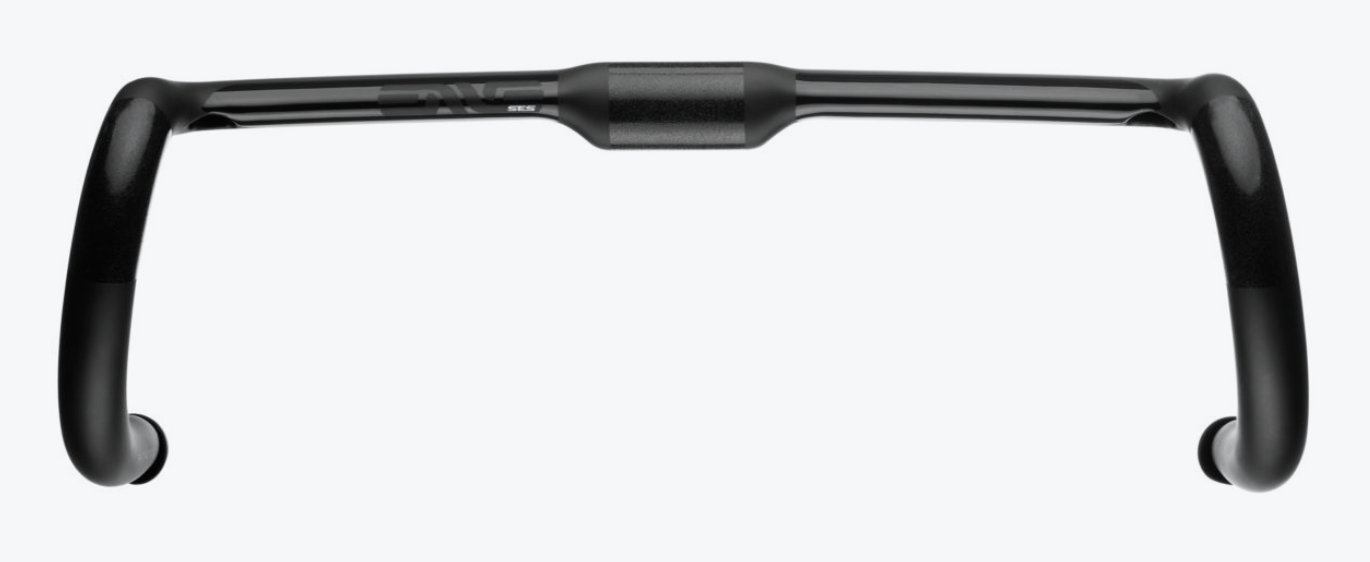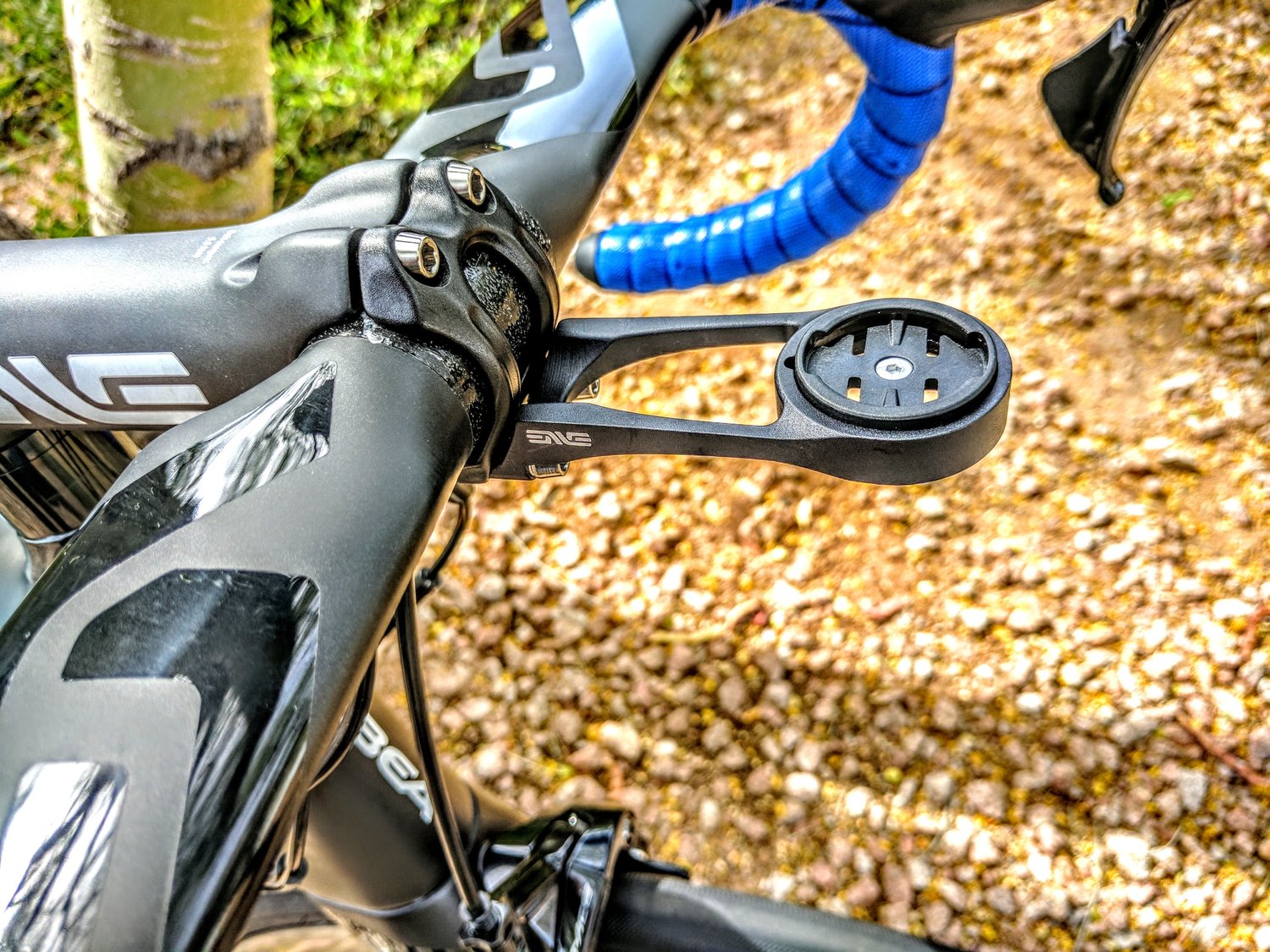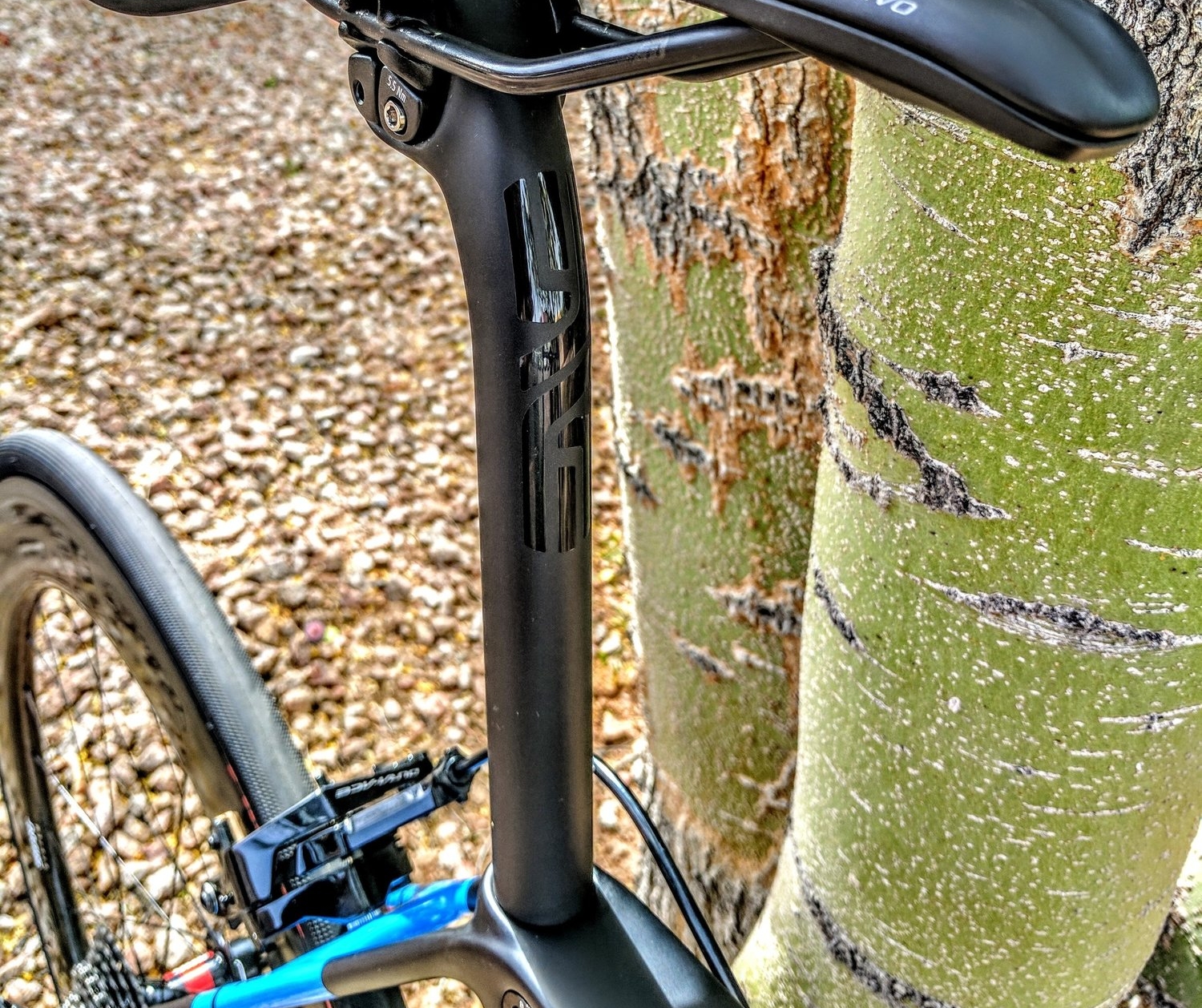I have never been a fan of training indoors. One of the reasons I ride is as an excuse to be outside. Plus, everything hurts more on the trainer! Not only is there more saddle and hand pressure when you ride inside, but…
There is nowhere to hide from it! There is no scenery. No wind. No trails.
Just you and the suffering.
I know, I know. Times have changed. Smart trainers can be hooked up to your TV. You can virtually ride the Italian Alps with friends from all over the world! Know what that does for me? Nothing.
I’d rather ride outside with my friends in real life.
Which brings us to 2020. It feels like an eternity since the last Cyclologic Saturday Morning Group Ride. I love those rides… With *my* people.
Unfortunately, it looks like we have a few more months of this before we get to all ride together again (Oh yessssss… There will be a party).
Normally, I would just get up early and go ride by myself, but I have two little boys who are home from school. I try to give my wife the mornings “off” and take care of them until I head to work. That means that if I am going to ride during the week? It is going to be inside.
I started off my indoor training where most people do these days. On Zwift.
What did I think? It was OK. It felt sort of like Facebook on a bike. The virtual worlds are cool. You can definitely get a workout in. The social aspect? Not really my thing.
Enter The Sufferfest.They always have a 14 day free trial, and during the COVID crisis that have added 4 extra weeks. That’s six free weeks of training!
And training is definitely what Sufferfest is about. The workouts are structured. The visuals are first person video inside the pro peloton. The music is pumping. The humor? Cheesy. (You’ll find out.)
I have two different systems I use during my suffering. One at home, and one at Cyclologic. The home system involves a Wahoo Kickr, a fan, a folding table, and my laptop. Nothing fancy, but it gets the job done.
The set-up at Cyclologic is, well, it’s just better. We have a Saris H3 smart trainer, a Saris MP1 Nfinity Trainer Platform, and a souped up PC running three different screens.It’s amazing.
If I have to train inside, I want it to be like this!
Notes for those of you about to embark on an indoor training journey:
1- Power meters are accurate… unto themselves. I currently have three different power meters, and all three of them give me different numbers. I use my cyclocross bike on both the Kickr and the H3. The same effort on each one shows a different power number. My road bike has the new SRAM AXS Quarq power meter. 200 watts on the Quarq feels easier than 200 watts on the H3 which feels *much* easier than 200 watts on the Kickr. If you want your training to be accurate, then you will need to do FTP tests on each of your power sources. FTP tests are not fun, so the idea of doing three of them… well… a nightmare. But don’t worry. You only have to go through the agony of multiple tests in a week one time. Once you know how they differ, you can add or subtract the appropriate percentage when moving between systems.
2- A good fan, or two, is essential.
3- A trainer mat under your bike will not only keep you from slipping in a pool of sweat and busting your butt when you get off, but it will protect your flooring as well.
4- Sweat is corrosive to your bike. Invest in a sweat protector, and keep a towel on your bars. Even if you do that, you need to make sure you are cleaning your bike at least once a week to keep things from getting nasty.
